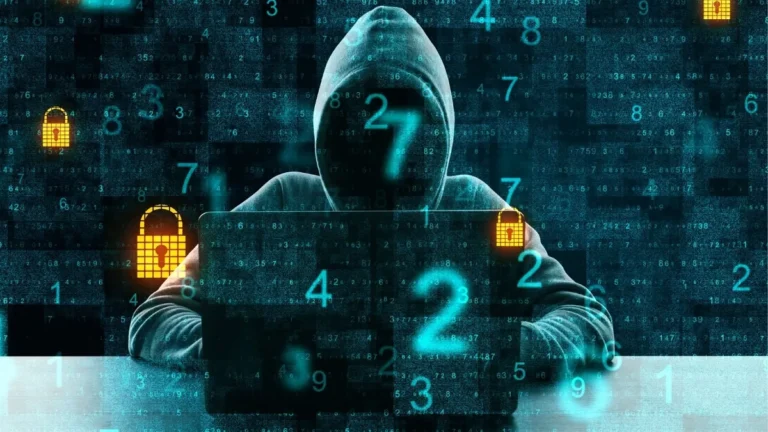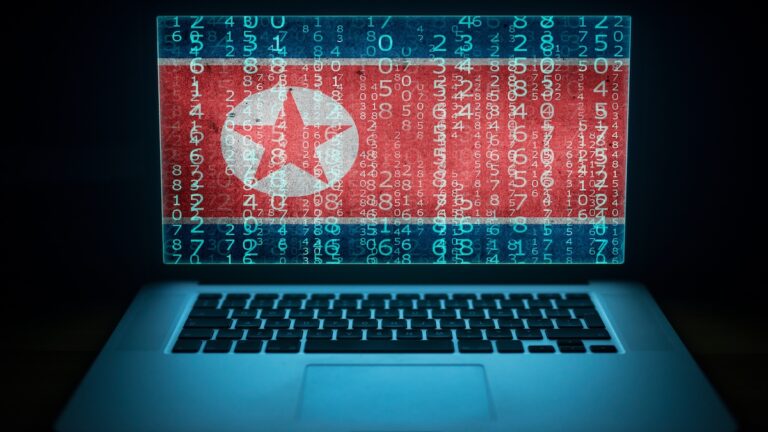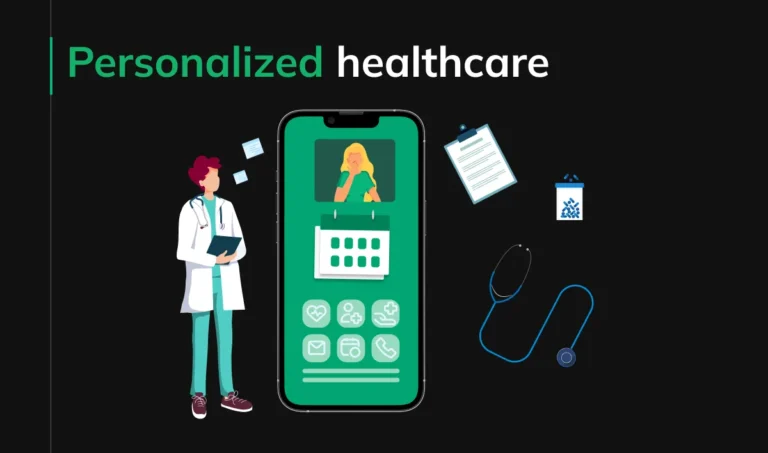In today’s digital world, the rise of ransomware attacks is becoming a serious threat, especially in critical sectors like healthcare. One of the latest warnings comes from the United States Health Sector Cybersecurity Coordination Center (HC3), which recently highlighted the dangers of Trinity ransomware. This type of malware is notorious for targeting sensitive data and demanding payments in cryptocurrency, creating a chilling scenario for victims.
What is Trinity Ransomware?
Trinity ransomware is a malicious software program that extorts victims by encrypting their files and demanding a ransom payment to regain access. Here’s how it typically operates:
- Infiltration: Attackers use various tactics, such as phishing emails and exploiting software vulnerabilities, to trick victims into installing the ransomware on their computers.
- Data Harvesting: Once installed, the ransomware scans the victim’s device for sensitive information, such as personal data, financial records, or proprietary information. It collects this data to send back to the hackers.
- File Encryption: The ransomware encrypts files on the victim’s computer using a complex algorithm, making them inaccessible.
- Ransom Note: After encryption, the malware generates a note that informs the victim about the data breach and demands payment in cryptocurrency within 24 hours. If the victim fails to comply, the hackers threaten to leak or sell the stolen data.
Why is This Important?
The significance of understanding ransomware, particularly Trinity, lies in its implications for cybersecurity, especially in sectors like healthcare where sensitive information is stored. The HC3 has reported that at least one healthcare organization in the U.S. has fallen victim to this ransomware. The consequences of such breaches can be severe, including:
- Data Loss: Victims lose access to critical information, which can disrupt services and operations.
- Financial Impact: Ransomware payments have skyrocketed, with $1.1 billion paid to attackers in 2023 alone. This puts financial pressure on organizations, especially smaller ones that might struggle to pay the ransom.
- Public Safety: In the healthcare sector, attacks can compromise patient care, putting lives at risk if data is not accessible when needed.
Steps to Protect Yourself and Others
- Educate Yourself: Understanding ransomware and its tactics is the first step to protecting yourself and your organization. Stay informed about the latest threats and security practices.
- Implement Security Measures: Use antivirus software, keep your systems updated, and establish strong firewalls to prevent unauthorized access.
- Backup Data: Regularly back up important files on separate storage solutions, ensuring you can recover your data without paying a ransom.
- Be Wary of Emails: Always verify the sender of any email before clicking on links or downloading attachments. Phishing attacks are a common way for ransomware to spread.
- Develop an Incident Response Plan: Organizations should have a clear plan in place for responding to ransomware attacks, including communication protocols and recovery steps.
Key Terms to Remember
- Ransomware: Malicious software that encrypts data and demands payment for decryption.
- Phishing: A method used by hackers to trick individuals into providing sensitive information or downloading malicious software.
- Encryption: The process of converting information into a code to prevent unauthorized access.
- Decryption Key: A piece of information required to unlock encrypted data.
Conclusion
The threat of Trinity ransomware is a wake-up call for everyone, especially those in critical sectors like healthcare. As ransomware attacks continue to evolve and become more sophisticated, increasing your knowledge about these threats is crucial. By understanding the mechanics of such attacks and taking proactive measures, you can help safeguard your information and contribute to a more secure digital environment. In a world where information is power, knowledge is your best defense against these cybercriminals.



